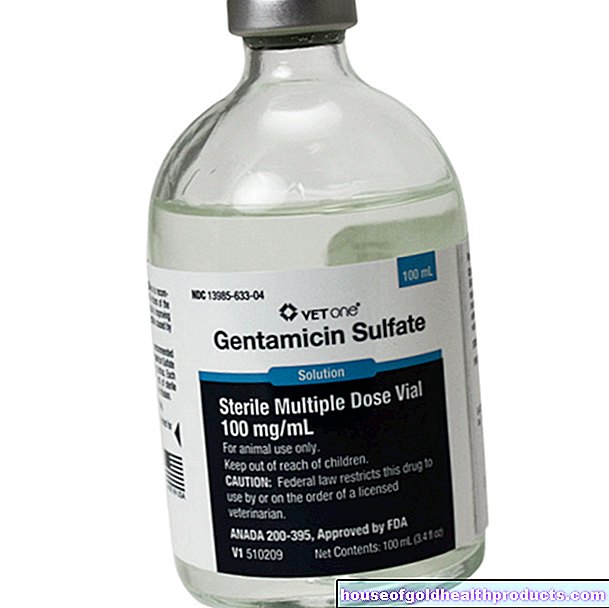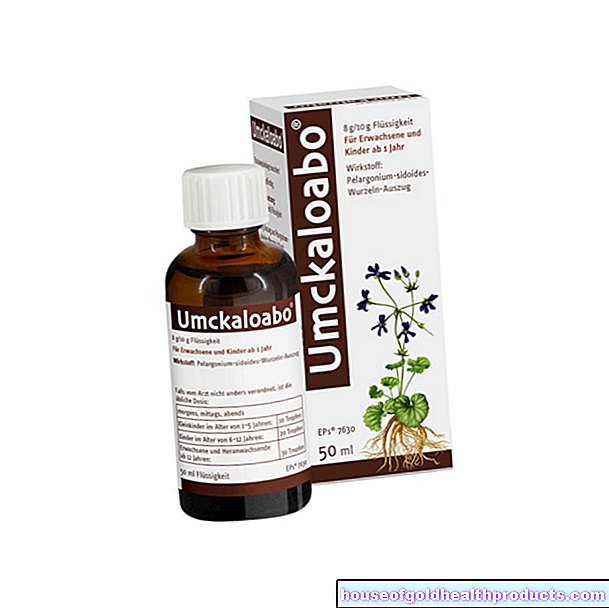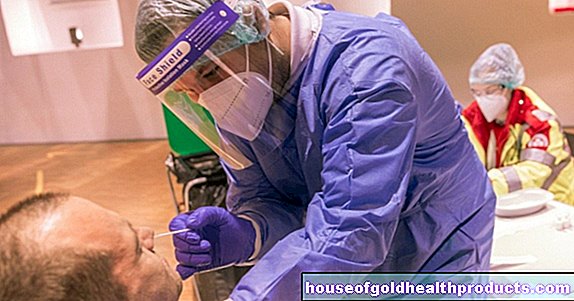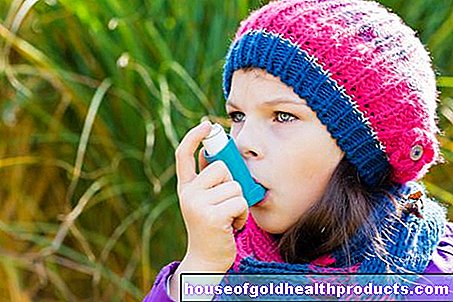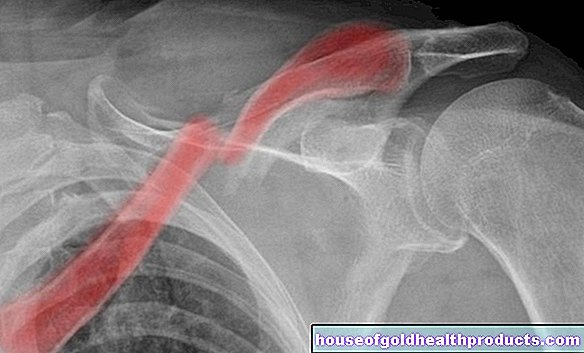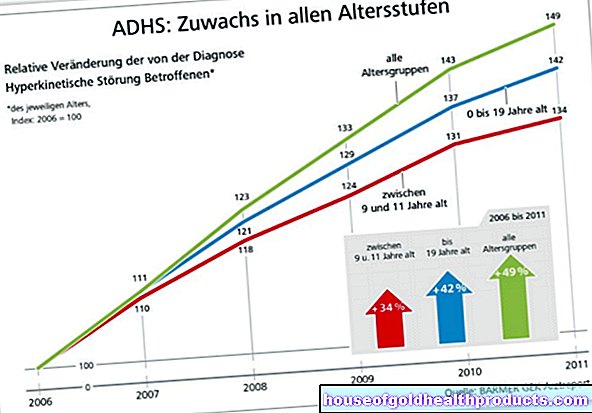Corona: How to reduce the virus in the room air
Carola Felchner is a freelance writer in the medical department and a certified training and nutrition advisor. She worked for various specialist magazines and online portals before becoming a freelance journalist in 2015. Before starting her internship, she studied translation and interpreting in Kempten and Munich.
More about the experts All content is checked by medical journalists.The corona infection risk is highest indoors. Because that's where the air "stands". But there are strategies with which the viral load in the room air can be significantly reduced.
Office, restaurant, school or university: there is often little air exchange in closed rooms. If you stay indoors with many other people for a long time, you have a higher risk of contracting the coronavirus, for example. Like this, many other pathogens spread through the air.
The large corona outbreak at the Tönnies plant in Rheda-Wiedenbrück could also be due to air transmissions. In order to bring the air there to low temperatures, it is pulled out of the room, cooled and brought back, said the hygiene expert Martin Exner from the University of Bonn. He suggested high-performance filters and UV rays to prevent viruses from spreading through such a system in the future.
After these findings at the latest, the question arises: How can interiors be made largely Corona-free and remain so?
High-performance filter: virus filter like in the operating room
The high-performance filters recommended by Exner, also known as Hepa filters, have been used for many years in hospital operating theaters, for example. They consist of synthetic fibers that are stacked in several layers, explained hospital hygienist Michael Pietsch from the University of Mainz. According to him, particles are separated from the filter by various physical effects on the fibers and remain there. Corona viruses could also be filtered out in this way.
Disinfection and nebulization: pay attention to the means
Some companies and organizers disinfect rooms by misting disinfectant. Various means are used, some of which are not entirely harmless. For more than 100 years, room disinfection using formaldehyde has been used, explained hospital hygienist Pietsch. The effort for this is very high, however, and formaldehyde can also cause cancer, which means that a room cannot be entered immediately.
Alternatively, hydrogen peroxide is also used. One advantage is the residue-free disintegration into water and oxygen, says Pietsch. However, a longer period of time must be waited for with this method, as hydrogen peroxide can be harmful if inhaled.
The agent that the Berliner Ensemble tries to disinfect rooms should be compatible and naturally degradable for allergy sufferers. According to the theater, the safe disinfectant Amoair is distributed in the air via a nebulizer or an existing ventilation system. A first test run showed that around 99 percent of the bacteria and viruses in the room could be destroyed by the fog.
Air conditioning: fewer viruses through air exchange
Air conditioning systems are probably more common than complex disinfection processes. They ensure a supply of fresh air from the outside and cool or warm it: The old air is sucked out and then either discharged outside or brought back into the interior together with fresh air. "In any case, there is also a reduction in the concentration of germs in the indoor air," said Pietsch.
The Federal Industry Association for Technical Building Equipment (BTGA) recommends air conditioning systems with high-quality filters for cooled rooms with recirculation mode, which are found in slaughterhouses, for example. For systems in offices, hotels, shopping malls or congress centers, a high proportion of outside air offers the best protection against infection.
"In situations like the one we are currently experiencing, we recommend keeping the proportion of recirculated air in air conditioning and ventilation systems as low as possible," advises BTGA President Hermann Sperber. According to the association, the transmission of coronaviruses via ventilation or air conditioning systems can almost be ruled out if the systems are operated properly and regularly maintained.
Ventilation - simple and effective
But even without large technical equipment, the risk of infection indoors can be reduced: ventilation with wide-open windows is the quickest way to exchange air. "Indoor spaces are usually warmer than the outside air, so there is a draft from the inside to the outside. This can reduce any virus concentration in the interior," explained hygiene expert Pietsch. In addition, this also reduces the risk of infection via aerosols. However, an infection cannot be ruled out one hundred percent in this way.
Masks and spacing: it doesn't work without them
Even if everyone has heard it endlessly: wearing masks and observing the distance rule are still important measures to protect against corona infection. Wearing a simple face mask can also significantly reduce airflow. (caf / dpa)
Tags: menopause prevention vaccinations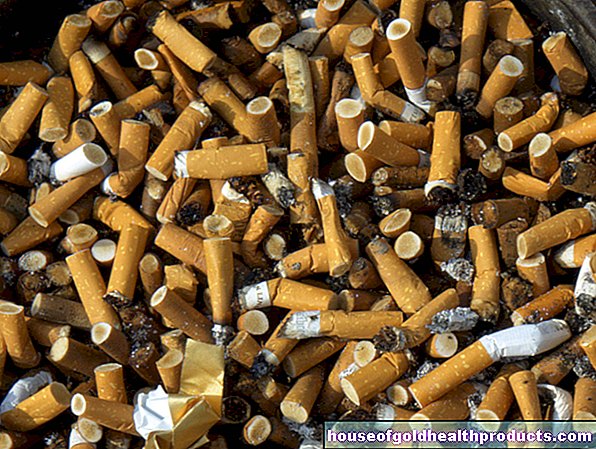


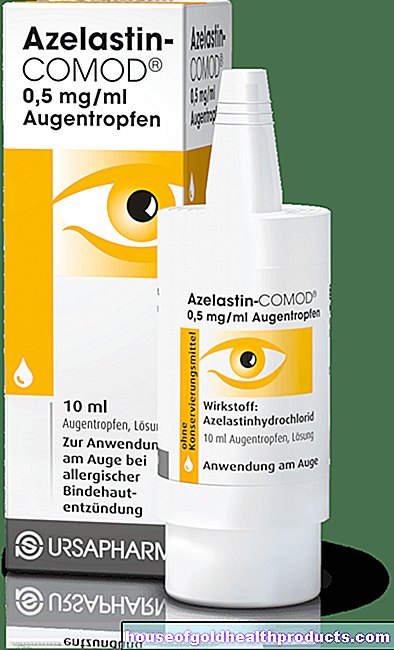



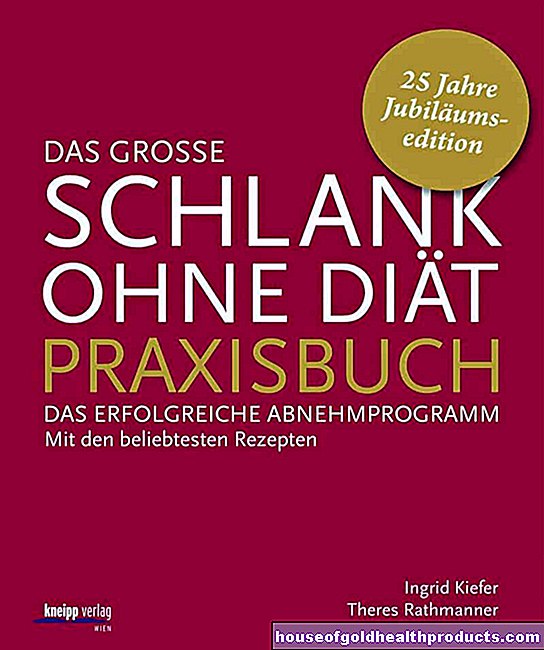
.jpg)
